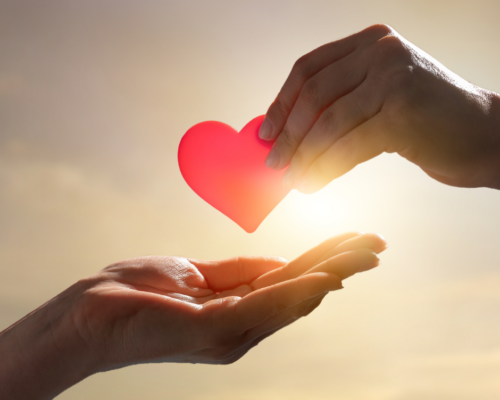In September, the Centers for Disease Control and Prevention issued a temporary moratorium on evictions through the end of 2020. The action is designed to minimize public health risks associated with COVID19 by keeping renters in their homes, and thus, reducing further spread of the virus across communities.
The moratorium, however, does not address economic hardships of renters and landlords – many of whom lack resources to make payments in the wake of COVID-related job loss or reduced income. Although renters cannot be evicted from their homes thanks to the CDC’s order, missed payments still accumulate as debt, and landlords go without payment.
The Oklahoma Department of Commerce has resources available – to the tune of $17 million – to prevent homelessness in the state. However, these funds cannot be used while the CDC’s temporary moratorium is in place. So, for Oklahoma landlords and renters struggling to make payments, here are four ways to get much needed financial support:
- Local CARES funding can help pay your rent. These resources were allocated at the discretion of Governor Kevin Stitt in response to the pandemic, and currently, are the primary source of preventing evictions in Oklahoma. Funds are available immediately and need to be spent quickly. Learn more at okcommunitycares.org or by calling 211.
- Oklahoma community action agencies are a landlord’s best friend. As a partner of the Oklahoma Department of Commerce, community action agencies receive funding annually for a variety of uses, including eviction mitigation. Their budgets were increased significantly due to the impact of coronavirus, and flexible financial support is available in all 77 counties before year end. Find your local agency here.
- Oklahoma Department of Commerce resources to prevent homelessness will be back in play January 2021 through September 2022. When the CDC moratorium expires Jan. 1, 2021, the state Department of Commerce resources may be used in conjunction with other local resources. However, you may only use one at a time for the purpose of eviction mitigation, so transparent paperwork and clear record keeping will be important.
- Consistent documentation is key. Regardless of which resource you use, it’s important landlords and tenants clearly agree on the amount of rent owed and dates accumulated. Renters should be prepared to verify income through pay stubs and/or unemployment claims in order to demonstrate an inability to make payments. To avoid delays in receiving financial support, make sure there are no discrepancies in your and your tenants’ paperwork.
If rental properties have been a part of your financial strategy, tenants’ inability to make rent can be a significant challenge. In addition to pointing you toward federal and local resources, we’re happy to discuss potential tax implications, investment solutions, or alternative options to keep you on track with your financial plan.
Blog by Erica Shaloy, Tax Director.
Category: Tax and Accounting Team




